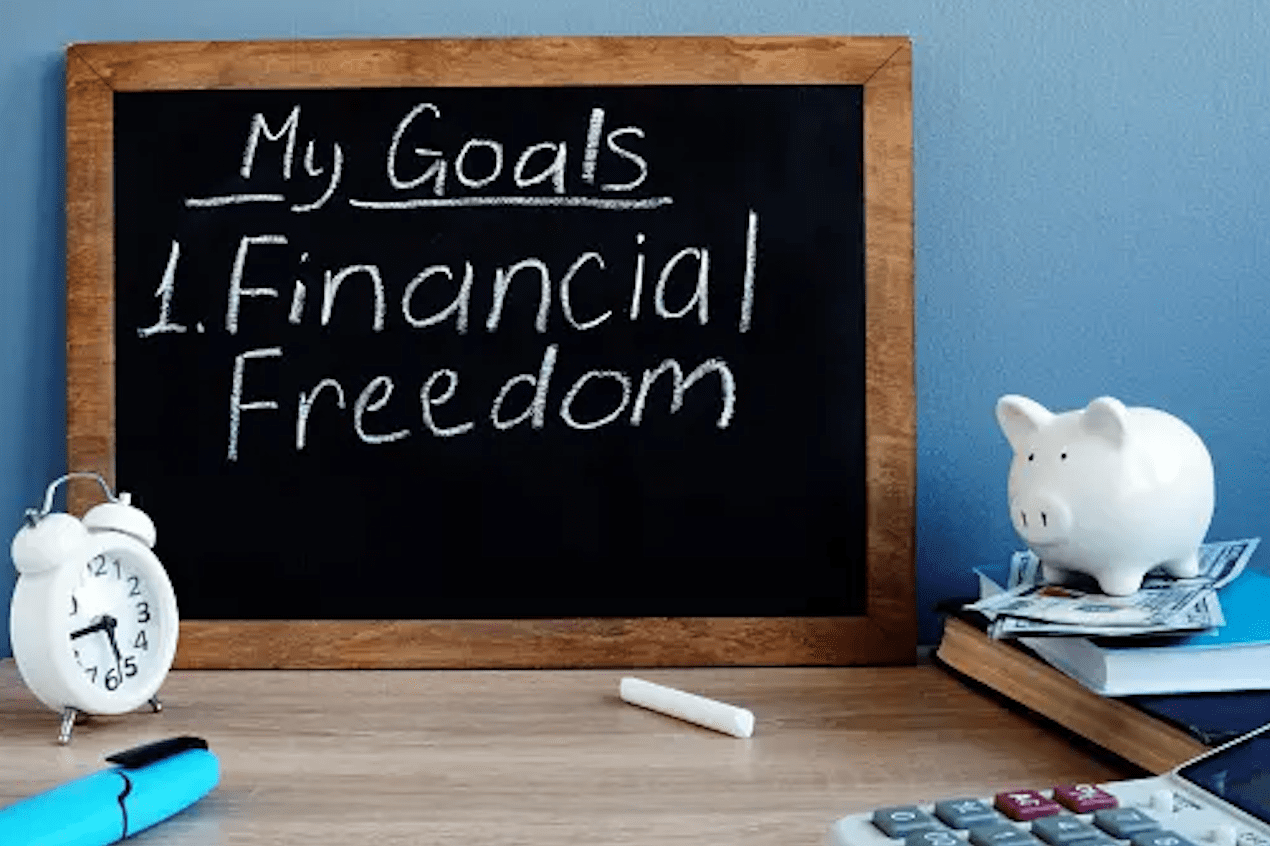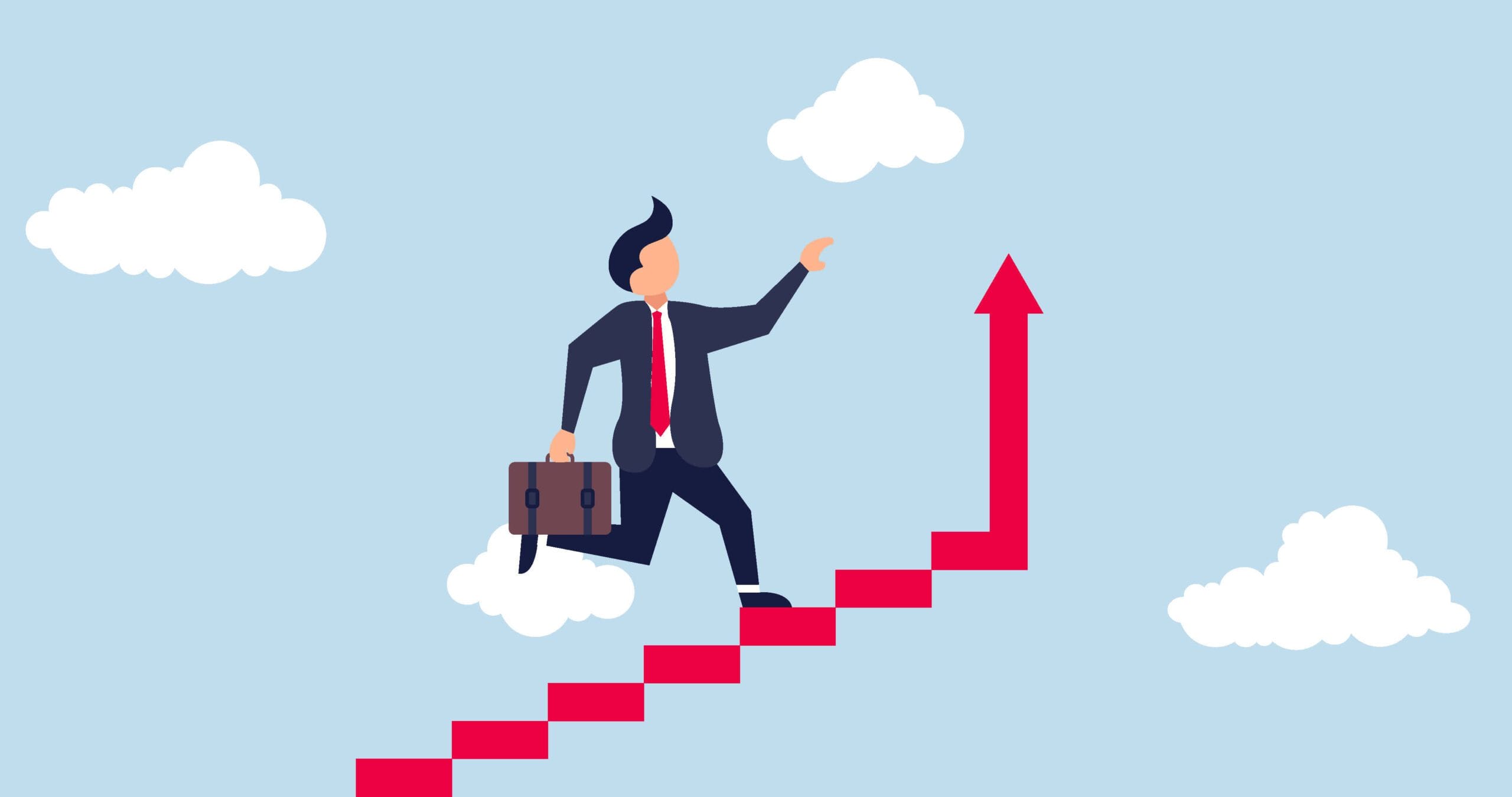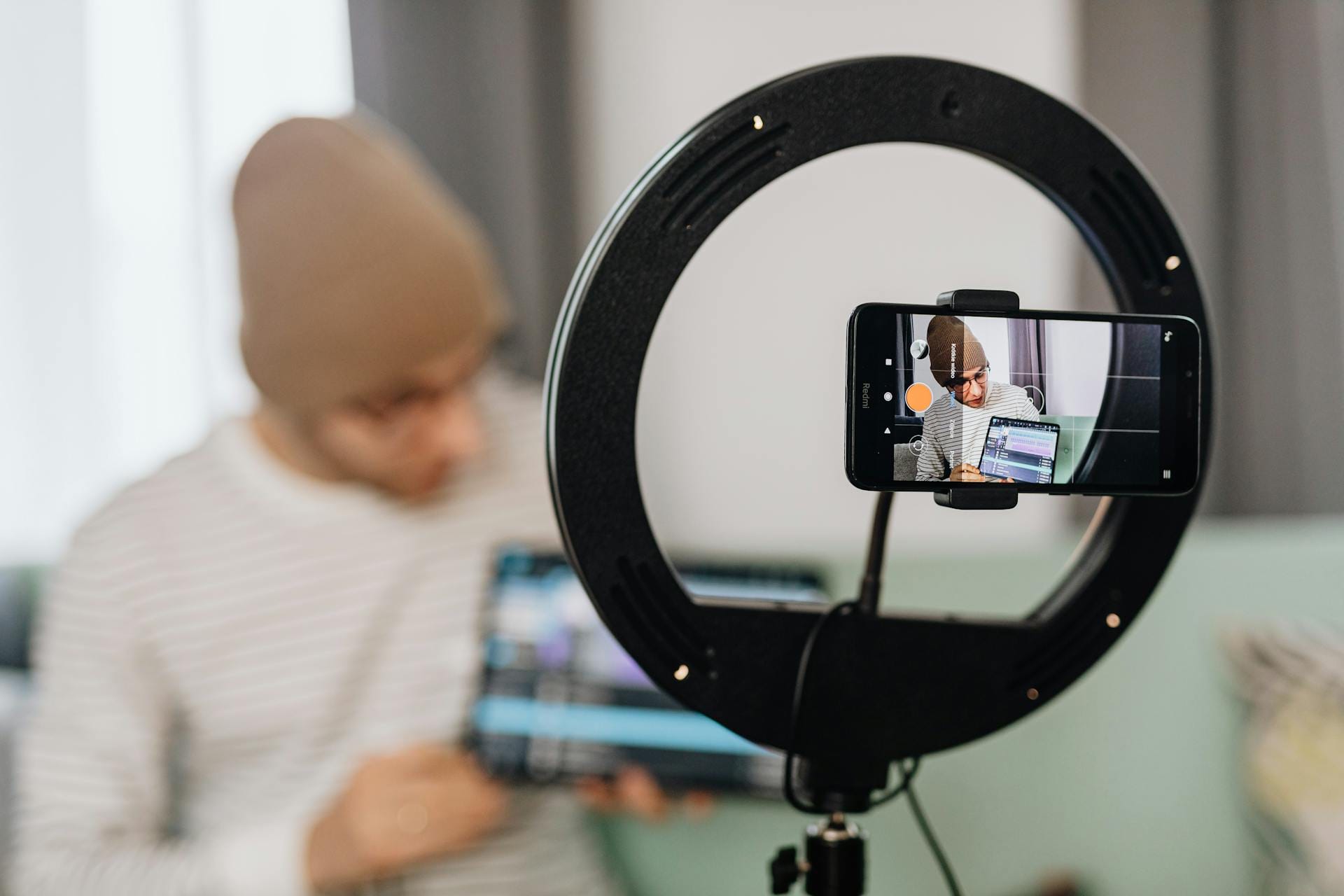
How To Find All My Debts (& Pay Them Off)
Are you in debt but haven’t been paying attention to the details of your finances? While it may be easier to bury your head in the sand when it comes to your personal finances, it’s important to have a clear picture of your income and your debt.
Debt can come in many forms so it’s important to know all of the debt you have, whatever types they may be.
In this article, we will look at some concrete steps you can take to find out all the debt you owe and get a plan to pay it off.
The most important thing (after figuring out all your debt!) is to have a plan. Without a plan to pay it off it’s possible that your debt will only get worse and you’ll continue to be stuck paying interest forever.
Figure out how much debt you owe
You wouldn’t believe how many people don’t do this and continue blindly paying off any bills that come in with no strategic plan. It’s one of the worst credit card mistakes.
This is exactly what the credit card companies want, because you’re essentially just dumping money into their pockets. One of the most important credit card rules is to keep track of your balances (aka your debt).
You can’t make a plan to pay off your debt until you know exactly how much you owe. It might be painful to learn the truth, but you have to bite the bullet. Then you’ll see that it’s not hard to end this bad habit.
In fact, you can get the credit card companies to help you: Look at the back of your credit cards for their numbers, call them, and put their answers into a simple spreadsheet like this one.
How Much Do You Owe?
| Name of Credit Card | Total Amount of Debt | APR | Minimum Monthly Payment |
Congratulations! The first step is the hardest. Now you have a definitive list of exactly how much you owe.
What Debt Should I Pay Off First
Not all debts are created equal. Different cards charge you different interest rates, which can affect what you decide to pay off first.
There are two schools of thought on how to go about this. In the standard method, you pay the minimums on all cards, but pay more money to the card with the highest APR, because it’s costing you the most.
In the Dave Ramsey snowball method, you pay the minimums on all cards, but pay more money to the card with the lowest balance first- the one that will allow you to pay it off first.
Prioritizing Paying Your Debt
| SNOWBALL METHOD: LOWEST BALANCE FIRST | STANDARD METHOD: HIGHEST APR FIRST | |
| HOW IT WORKS | Pay the minimum on all cards, but pay more on the card with the lowest balance. Once you pay off the first card, repeat with the next-lowest balance. | Pay the minimum on all cards, but pay more on the card with the highest interest. Once you pay off the first card, repeat with the next-highest-APR card. |
| WHY IT WORKS | This is all about psychology and small wins. Once you pay off the first card, you’re more motivated to pay off the next one. | Mathematically, you want to pay off the credit card that’s costing you the most first. |
This is a source of fierce debate in credit card circles. Technically, the snowball method isn’t necessarily the most efficient approach, because the card with the lowest balance doesn’t necessarily have the highest APR.
But on a psychological level, it’s enormously rewarding to see one credit card paid off, which in turn can motivate you to pay off others more quickly.
Bottom line: Don’t spend more than five minutes deciding. Just pick one method and do it. The goal is not to optimize your payoff method, but to get started paying off your debt as quickly as possible.
I’ve saved over $3,000 and paid off over $3,000 in credit card debt. The idea of snowballing payments from the smallest card to the largest had the greatest impact on my mentality toward paying off the debt.
?SEAN STEWART, 31
Negotiate Down Your Debt APR
I’m a huge fan of taking fifty-fifty odds if the upside is big and it takes only five minutes of my time. Accordingly, try negotiating down your APR. It works surprisingly often, and if it doesn’t, so what? Just call your card companies and follow this script:
YOU: Hi. I’m going to be paying off my credit card debt more aggressively beginning next week, and I’d like a lower APR.
CREDIT CARD REP: Uh, why?
YOU: I’ve decided to be more aggressive about paying off my debt, and that’s why I’d like a lower APR. Other cards are offering me rates at half of what you’re offering. Can you lower my rate by 50 percent, or only 40 percent?
CREDIT CARD REP: Hmm . . . After reviewing your account, I’m afraid we can’t offer you a lower APR. We can offer you a credit limit increase, however.
YOU: No, that won’t work for me. Like I mentioned, other credit cards are offering me zero percent introductory rates for twelve months, as well as APRs of half what you’re offering.
I’ve been a customer for X years, and I’d prefer not to switch my balance over to a low-interest card. Can you match the other credit card rates, or can you go lower?
CREDIT CARD REP: I see . . . Hmm, let me pull something up here. Fortunately, the system is suddenly letting me offer you a reduced APR. That is effective immediately.
It doesn’t work every time, but when it does, you can save a significant amount of money with a five-minute conversation. Make the call, and if you’re successful, don’t forget to recalculate the figures in your debt spreadsheet.
I literally called my credit card company in the bookstore at the airport BEFORE buying the book, read the script, and was able to negotiate a better APR. And they even credited the interest for the last few years back to my account (only a few hundred bucks, but STILL). I bought the book seconds after hanging up.
-CHRIS COLETTI, 33
That first week I practiced my script, then called up my credit cards and had my rate dropped from 18 percent to 11 percent.
?CHARLOTTE S., 35
Debt was awful. It felt like a cloud over me at all times. I started contributing $100 more than the minimums and crushed that shit. I still have my “paid in full” notices saved.
-MATT GROVES, 31
Decide How To Pay Off Your Debt
One common barrier to paying off debt is wondering where the money should come from. Balance transfers? Should you use your 401(k) money or your savings account? How much should you be paying off every month? These questions can be daunting, but don’t let them stop you.
Balance Transfers
Many people begin by considering a balance transfer to a card with a lower APR. I’m not a fan of these. Yes, it can help for a few months and save you some money, particularly on large balances.
But this is just a Band-Aid for a larger problem (usually your spending behavior, when it comes to credit card debt), so changing the interest rate isn’t going to address that.
Plus, balance transfers are a confusing process fraught with tricks by credit card companies to trap you into paying more, and the people I’ve known who do this end up spending more time researching the best balance transfers than actually paying their debt off.
As we just discussed, a better option is to call and negotiate the APR down on your current accounts.
…but you don’t have to take the same path as everyone else. How would it look if you designed a Rich Life on your own terms? Take our quiz and find out:
Taking money from a 401(k) or home equity line of credit (HELOC)
I don’t recommend either of these options. You’re trying to reduce complexity, not increase it, even if it costs slightly more. Again, there’s the behavioral problem: People with credit card debt often find it difficult to reduce spending and end up getting back into debt after tapping their 401(k) or HELOC.
If you use your HELOC money to pay off credit cards, you’ll risk losing your home if you run up more debt.
Reducing spending and prioritizing debt
The most sustainable way to pay off credit card debt is also the least sexy. Unlike balance transfers or HELOC borrowing, it’s not very exciting to tell people you decided to spend less on other things so you could pay off your debt. But it works.
Let me ask you a question. Right now, for every $100 you earn, how much of it goes to debt? Two dollars? Maybe $5? What if you paid $10 toward your debt?
You’d be surprised that many people don’t even have to cut much spending to pay off debt quickly. They just have to stop spending on random items, get conscious about making debt a priority, and set up aggressive automatic transfers to pay off their credit card debt.
Stop using credit card scripts to normalize debt and get started on being serious about paying it.
I don’t want to make this sound easy, because paying off your credit card debt is challenging. But millions of others have done it.
Get Started Finding Out All Of Your Debt And Paying It
Remember the philosophy behind the 85 Percent Solution: The goal is not to research every last corner to decide where the money will come from; it’s action.
Figure out how much debt you have, decide how you want to pay it down, negotiate your rates, and get started. You can always fine-tune your plan and amount later.
You’ll notice that I haven’t offered you a simple secret or cute sound bite about how to pay off your debt with no work. That’s because there isn’t one. If there were, I would be the first to tell you. But truthfully, paying off debt just takes a plan and the patience to execute it.
It may seem like pure agony for the first few weeks, but imagine the relief you’ll feel when you see your debt growing smaller and smaller with each passing month. And sometime after that, you’ll be debt-free! Then you can focus all your energy on getting ahead, investing, and living your Rich Life.
Being in debt means giving up choices, means staying at a job you hate because it pays good money, means not being able to build a decent savings account. My biggest mistake was not thinking about the future and using credit cards to live beyond my means. I got myself into debt in my mid twenties by spending, spending, spending, and on stupid things like clothes, eating out, movies, etc. I learned my lesson and am now living within my means on a strict budget that will allow me to be debt-free in two years. All of my debt is now on cards with APRs between zero and 4.99 percent. I have a small but growing savings account, a 401(k), and a plan to achieve financial freedom.
-MELISSA BROWN, 28
Ignoring your debt and your finances altogether can be dangerous for your financial future- and your relationship. In episode 116 of my podcast, we meet a couple that is divided when it comes to finances, and they’re desperate to find common ground.
Frequently Asked Questions About How To Find Out All My Debts
How can I get a list of all my debts?
First, check your credit reports. On it will be a list of all amounts owed for every account you have. It will include payment history, status, and contact information for the creditor/debt collector.
How do I find out if I have any outstanding debts?
Find out if you have outstanding debts by:
- Checking your credit report
- Check with your previous creditors
- Get contact information from your credit report
- Find out if any creditors or credit agencies have tried to contact you
Does debt go away after 7 years?
For most states in the US, debt does not go away or expire. You have to pay it. Debts can appear on your credit report for seven years and in some cases even longer.
If you liked this post, you’d LOVE my Ultimate Guide to Personal Finance
It’s one of the best things I’ve published, and totally free – just tell me where to send it:
Comments are closed.



